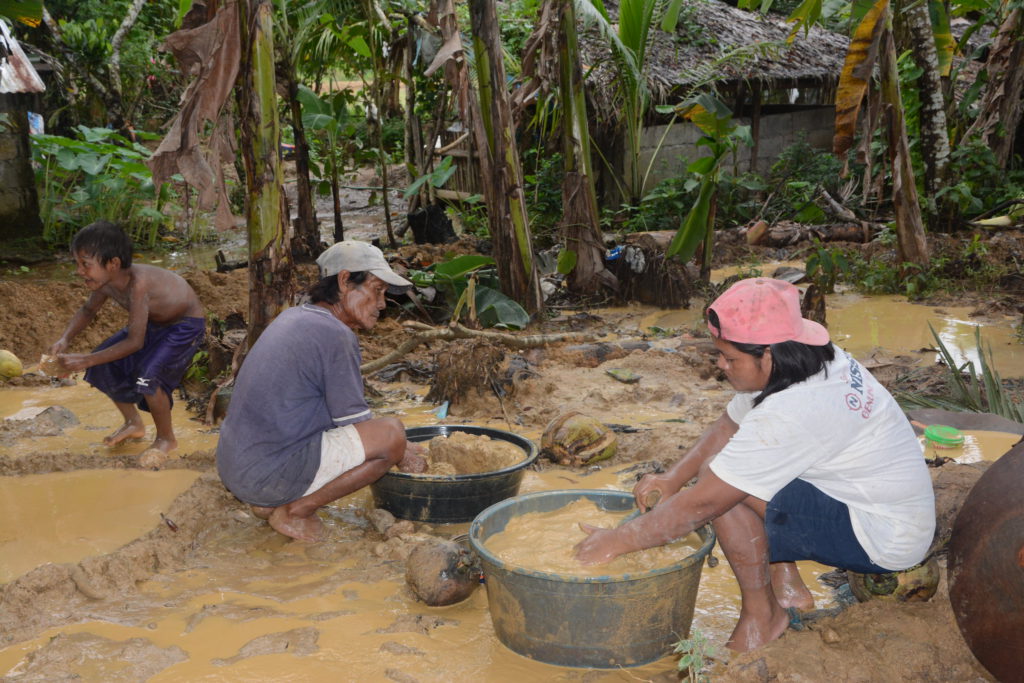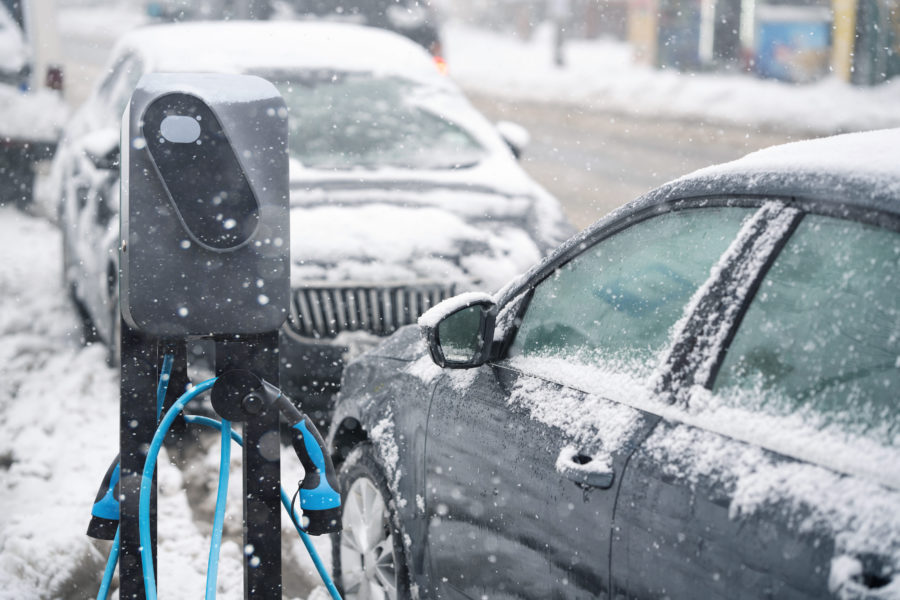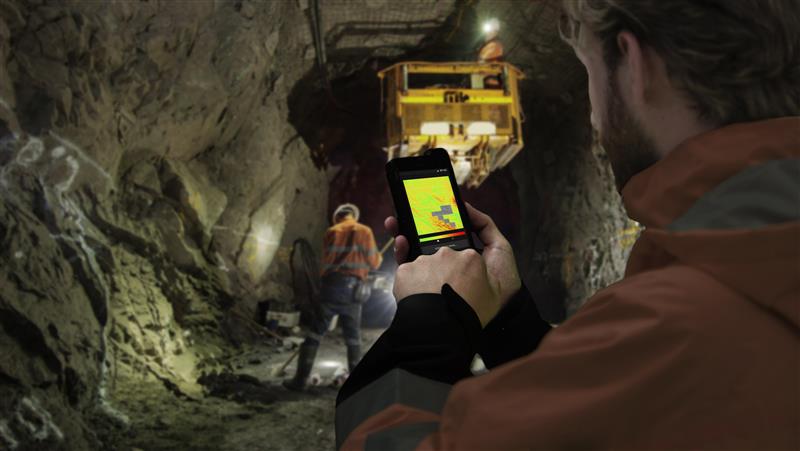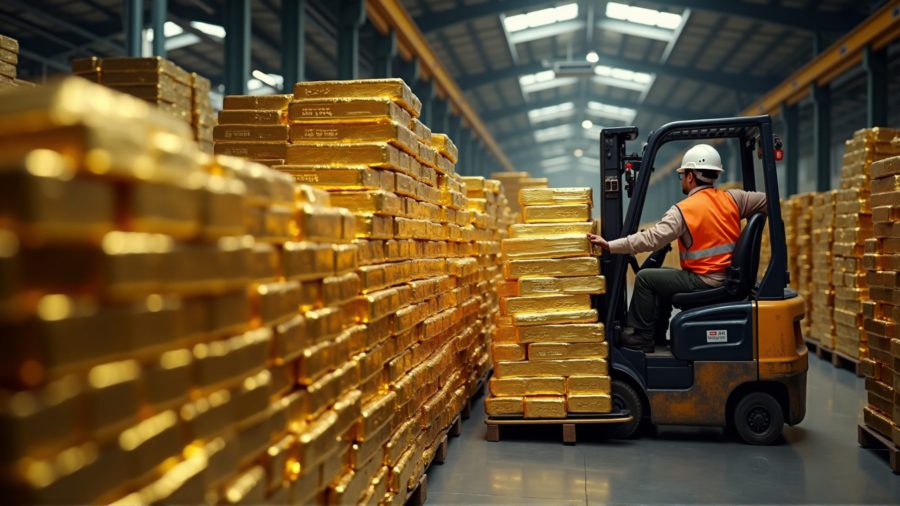Toxic, deadly, cheap: Life for women gold miners in the Philippines

It’s a man’s world mining gold in the Philippines – but it’s the women who come off worst.
Be it cooking toxic pans of mercury, scouring mud pools for cheap slivers of hope or sluicing the boggy soil – women do the hardest jobs and get paid the least.
One in three of the illegal mining workforce is female – and women are 90 times more at risk of dying on the job than men.
“There are a lot of women in the mines, but they are invisible,” Meggy Katigbak, an expert on small-scale gold mining, told the Thomson Reuters Foundation.
The work is illegal, makeshift – and doesn’t even pay well.
But they’ve been mining this way for centuries in Paracale, a colonial, coastal city whose name means ‘canal digger’ after gold-hungry colonial powers swooped in to make their fortunes.
They are still scouring – and dreaming big – today.
“Life here is hard, but my children give me strength to do this. They’re my life,” Christy Ortiz told the Thomson Reuters Foundation.
Like any other day, 44-year-old Ortiz rose at dawn, waking first to cook for her seven children, before setting out to hunt for gold in a homemade mine she had dug from rice paddies and filled with muddy water.
Ortiz and her husband practice compressor mining – the world’s most dangerous gold extraction method and one that is only found in her little corner of the Philippines.
Manila banned it in 2012 for its grave safety risks and health hazards – a matter of no care to the Ortiz family.
As Ortiz looked on, her husband dove 10 feet (3 m) under, breathing through a tube he had connected to a compressor, which pipes air underwater and is her family’s prized possession.
Ortiz paid 29,000 pesos ($515.92) for the machine, using money she had amassed through years of scrimping, carefully saving her state welfare grants: money only given to the country’s poorest.
While her husband waded underground for hours, filling buckets with dense soil, Ortiz performed all the above-ground rituals to extract whatever slivers of gold she could find.
With no protective equipment, she worked in the same white shirt and skirt that she wore at home.
There is little separating her work from home life.
“Sometimes I forget to eat breakfast, because I need to go straight to the mine after sending my kids to school,” said Ortiz.
Her feet soaked in muddy water, she mashed the soil and ran gloop through a sluice box made of wood and banana leaves, hoping the water might tease out even a sliver of gold.
Next Ortiz extracted the nuggets from a clag of soil and stones, using a traditional wooden tool, then cooked up the gold with mercury, a toxic metal used to separate gold from ore.
Her takings – one tiny piece of amber metal worth less than 200 pesos ($3.56) enough to get them through that day.
Luckier than yesterday, she said, when no gold came.
Ortiz said earnings ranged from zero to 1,000 pesos a day, so on lean days, Ortiz said she had to pull a double shift and go selling charcoal to the neighbours to feed her big family.
“I didn’t want to do this forever — I wanted to go back to my hometown,” said Ortiz, who lives more than 1,000 km from her birthplace. “But I didn’t want the people there to know that I’ve been struggling since I came here.”
Her health, her baby’s health
Some 15 million women work in the artisanal and small-scale gold mining (ASGM) sector globally, and an estimated 18,000 to 20,000 Filipino women and children take part in ASGM-related work.
Figures may be far higher in the absence of any official count, industry experts say, but all agree the work affects women’s health and earnings disproportionately.
Gender discrimination and disregard for health, safety and social protection limit the rights and economic opportunities of women miners, according to a 2023 report by the World Bank.
Women are often barred from the top jobs and do not get paid as much as men for the same work, according to the Bank, which analysed mining laws in 21 countries.
Deep-seated cultural bias can also get in the way of wider sectoral reform.
Filipino women struggle to access capital, even as their exposure to hazards has increased, the report said.
In Paracale, many families mix backyard digging with domestic life, forcing women to balance household chores and caring duties with risky gold panning and mercury mixing.
A field survey by the International Labour Organization (ILO) revealed that almost 73 percent of female Philippine respondents had handled mercury, often linked with pregnancy risks and birth abnormalities, such as cerebral palsy.
Janice Galero, who used to sluice, pan, and cook gold in Paracale, said high levels of mercury were still found in her blood seven years after she stopped mining.
Official tests carried out in 2022 to gauge the risks of mining showed mercury in a high number of women’s blood.
But a representative from planetGOLD, a United Nations-affiliated programme working to eliminate mercury from the supply chain in gold, said both the national Department of Health and the local government of Paracale had “agreed not to make the results public to avoid panic in the community”.
“The DOH made recommendations for the offices concerned and the local government…developed an action plan to address the issue,” said planetGOLD communications officer Dawn Po Quimque.
The DOH did not respond to requests for comments.
ASGM is the largest user and emitter of mercury in the world, according to the UN Environment Programme.
Mercury can damage the nervous system, kidneys, liver and immune system, but is widely used as it is cheap and effective.
Now a board member of a local mining association, Galero said she wants to raise awareness of the health risks of mercury as well as bring an end to all illegal mining in her town – an uphill task given so many locals depend on gold to survive.
Folklore and tradition
In the mountain town of Sagada in the Cordillera region, the country’s least populous area, women are banned from the mine tunnels during their menstrual period to avoid “bad luck”.
Yet women elders are also expected to lead Sagada rituals for a bountiful “harvest” in the mines, in a nod to women’s traditional, hallowed role in agriculture.
Eliza, a respected elder and among the first women allowed to work in the sector in the 1980s, said she was still barred from the tunnels and could only get work sluicing, shovelling rocks to hunt for missed nuggets or cooking meals for miners.
Men focus on mine work, whereas women were “jack of all trades” scrambling for odd jobs to feed the family, she said.
So Eliza works as a tour guide, raises pigs and sells homemade rice cake and sweet potato on weekends.
Gold extraction pays poorly for women such as Leny Lieo, who was hired in February to sluice gold, a task commonly reserved for Sagada women.
Lieo, 49, said she works an eight-hour day at the Fidelisan village mine and gets paid 300 pesos, lower than the daily minimum wage in her province.
She had no choice; rice farming no longer fed her family.
“At least here, I can earn money to buy makeup or lipstick,” she joked. “Money is important to me so my family can eat.”
Jobs like hers come without any health or social benefits – she is considered an add-on.
“I am not a miner because I’m a woman. Only men are considered miners,” said Lieo, picking up her second basin of soil for sluicing. “If you’re a regular worker, you have benefits. And your salary is higher.”
Yet some change is finally afoot in slow-to-budge mining, with activists seeing room for female leadership in the sector.
“We see female politicians, women who head local state offices… but we need more. We really need more push especially in places where women are being discriminated,” said Sagada municipal gender officer Gloria Pilamon-Langbayan.
Mining reforms
The World Bank is calling for new legislation to recognise women’s role in mining and is urging politicians to address the hazards that women miners in particular face.
Reform, though, is hard in a sector that is largely illegal and unregulated, despite producing 80% of the country’s annual gold reserves and supporting 2 million Filipinos.
In the Philippines, the industry is covered by the “People’s Small-Scale Mining Act of 1991”, which limits small-scale mining to manual labour and prohibits the use of heavy equipment.
Many small-scale mines were outlawed in 2012 when the government mandated that locals instead set up mining cooperatives or certified associations.
About 100 mines have since won approval but the application process is tedious and resource-intensive, with fees as high as 2 million pesos.
Backyard digging, compressor mining and other informal gold mining operations remain rampant in Paracale, overtaking farming as the main source of income for locals.
More than half the town’s population of 60,000 is involved in mine work yet it only has one certified people’s mine.
“People would ask: ‘Why is Paracale not wealthy when it’s rich in gold?'” the town’s vice mayor Bernadette Asutilla told Context in an interview.
The reality on the ground had moved on from the laws, Asutilla said, since the old mines ran dry, forcing small-scale miners to dig deeper and work longer to earn a living.
Asutilla said this would require modern equipment or explosives – both prohibited by law.
“Mining has become a gamble in Paracale,” she said.
“With the resurgence of small-scale mining, we see that women are becoming more involved with mine work and occupying leadership roles,” the vice mayor said.
Back in Paracale, Shirley Suzara is a case in point.
Often buried in paperwork, the 51-year-old works from her Paracale home to improve access to capital and markets, checking that local operations are legal and promoting equal pay for men and women under her watch.
“We do not dive underground, but women are important in any aspect of [gold production],” said Suzara.
Katigbak, the sectoral expert who is working with mining communities on gender reforms, said it was baby steps – so far.
“Although women still do not have that much hand in decision making… we see that they are now finding their voice. But it takes a long time,” said Katigbak.
“We still have a long way to go.”
($1 = 56.2100 Philippine pesos)
(By Mariejo Ramos; Editing by Lyndsay Griffiths)
More News
Study confirms drop-in electrode technology enables 10 minute EV charging at -10°C
April 14, 2025 | 04:06 pm
Newmont deploys Ericsson private 5G at Australia’s largest underground mine
April 14, 2025 | 01:20 pm
{{ commodity.name }}
{{ post.title }}
{{ post.date }}




Comments